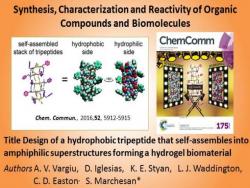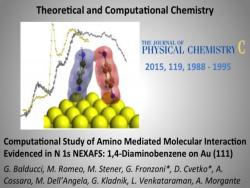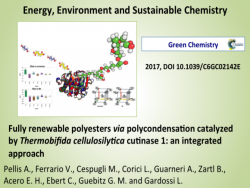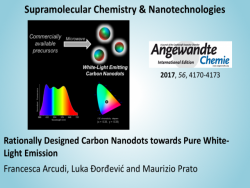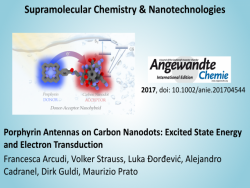Self-assembling Systems of Surfactants and Polymers
Surfactant self-assemblies are exploited for the synthesis of nanometric silica. Attention is paid to the characterization of the systems by means of multinuclear NMR, including PGSTE experiments for the determination of self-diffusion coefficients. Chiral non racemic surfactants are under scrutiny aiming at obtaining chiral silica nanoparticles, hopefully endowed with chiral photoluminescence. Molecules of the class of (R)-12-hydroxystearic acid, a very popular low molecular weight organogelator, which originates helical supramolecular aggregates, are employed for the preparation of organogels. The supramolecular aggregates will be either doped by fluorescent dyes or decorated with metal nanoparticles, and characterized by circular dichroism spectroscopy, in the perspective of circularly polarized light emission. Furthermore, the mechanical properties of the gels are assessed by means of rheology.
Biopolysaccharide hydrogels for tissue engineering, and their molecular models, are investigated by means of NMR spectroscopy to gain insight at the microstructural level on the interaction occurring among the polymeric chains.
Gruppo di ricerca
| Gruppo Idrogel biocompatibili |


